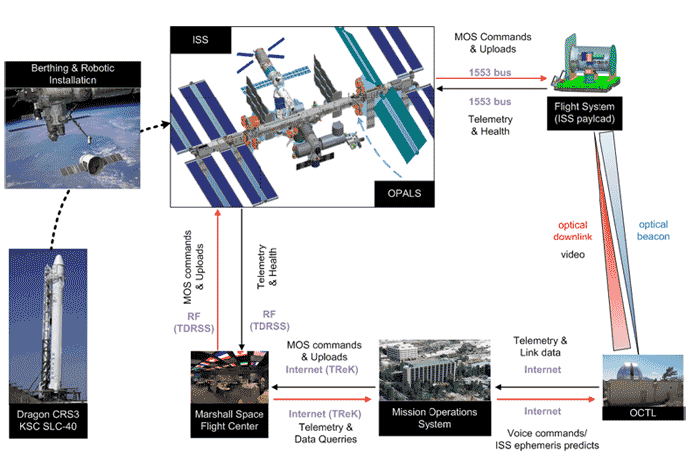OPALS – Optical Payload for Lasercom Science
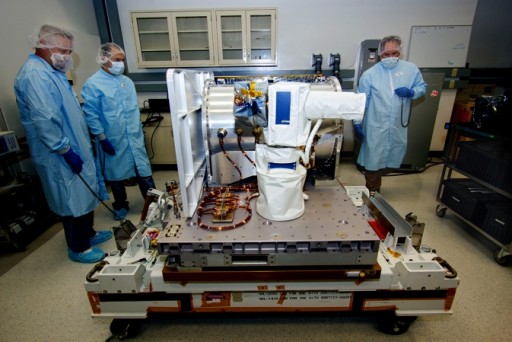
Optical Communication Technologies and their application for space missions has been increasingly studied over the past years in the form of technical demonstrations. Laser communications have been previously demonstrated by the Russians as part of the Laser Communications System flown on ISS and the Lunar Lasercom Demonstration on NASA’s LADEE spacecraft achieved high data rate communications from Earth to the Moon and vice versa. A promising aspect of laser communications is a high data rate and low energy demand.
OPALS – the Optical Payload for Lasercom Science – will demonstrate optical communication by transferring video from the payload installed on the Space Station to a dedicated ground receiver at JPL’s Optical Communications Telescope Laboratory (OCTL) in California.
OPALS is part of JPL’s Phaeton hands-on training program.
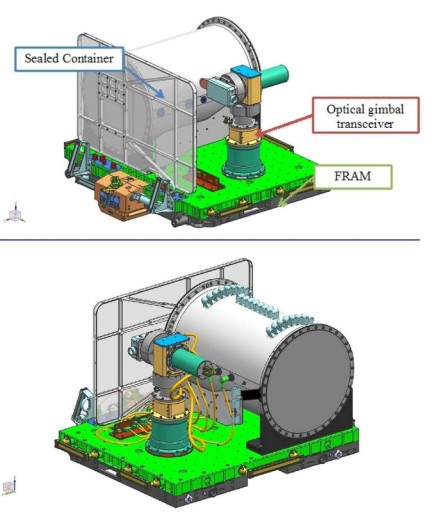
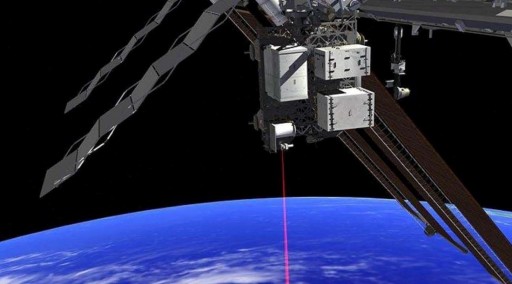
The OPALS payload consists of three main components. The Sealed Container houses all of the Commercial off the Shelf hardware including all avionics boards as well as custom power distribution boards. It is pressurized to one atmosphere with air to allow components to be used that are not specifically made for use in vacuum.
The Optical Gimbal Transceiver is the optical head of the instrument that facilitates an uplink camera and the laser collimator for the signal downlink on a two-axis gimbal to track the ground station.
The Flight Releasable Attachment Mechanism (FRAM) provides the interface to ISS and robotic handling of the payload for installation inside the Dragon Trunk and on ISS. OPALS will be installed on Express Logistics Carrier 1.
The core objective of the study is to downlink a stored video file from ISS to Earth and asses the performance of the Lasercom method for data transfer from near-Earth space missions.
The digital video file is encoded with forward error-correction to protect against bit errors during transmission. It is modulated onto the downlink laser beam using on-off keying (OOK). OOK is a simple form of present versus absent carrier wave modulation. Pointing accuracy is provided by a beacon-assisted pointing system.
This beacon signal is transmitted by the OCTL ground station. OCTL uses ISS orbital data to calculate the local azimuth and elevation profile of each pass and accurately point to ISS. Once ISS is visible in the sky, the optical uplink beacon is activated and the wide-angle camera using a photodetector in the optical head of the OPALS payload acquires the signal and starts to precisely track the beacon to maintain perfect line of sight with OCTL to allow the downlink to start. Tacking utilizes a closed loop control system and the two-axis gimbal to enable a reliable transfer of the video file in the presence of known disturbances such as ISS motion, gimbal jitter, turbulence and background noise. Each OPALS session will include a data transmission session of approximately 100 seconds as ISS passes over the ground station.
The ground station uses a one-meter primary telescope aperture to receive the downlink signal and emit the beacon. The received optical signal is focused onto a photodetector and converted to baseband electrical current followed by digitization, synchronization, error-correction and post-processing. After processing, the video file can be played.
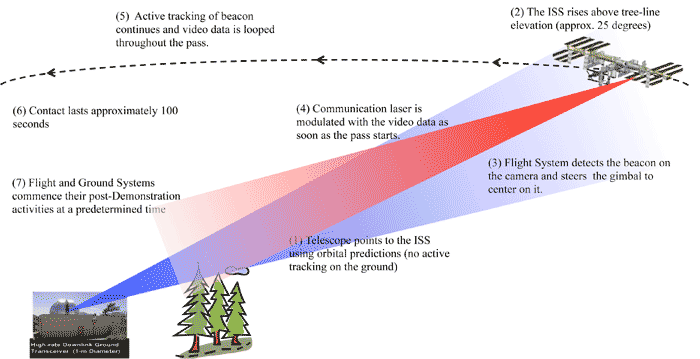
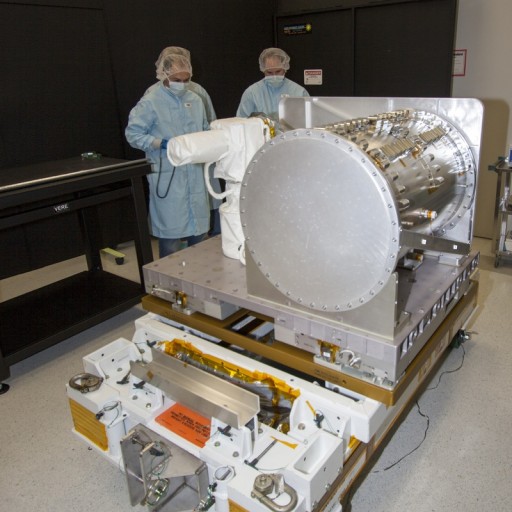
The OPALS Mission Operations System at JPL is in charge of all aspects of the mission including command development, sequence planning, instrument management and data processing. Commands for uplink to the OPALS payload are sent to the Payload Operations Control Center where they are scheduled for uplink to ISS via TDRSS. The commands and uploads are then transferred to the OPALS payload via the station’s 1553 data bus. Also via the 1553 bus, the OPALS payload transmits telemetry and health data to ISS that is then downlink to assess the performance of the system during the communications sessions. The OCTL receives the optical downlink from OPALS that is then transferred to the Mission Operations Center via internet for processing and analysis.
Initially, the payload will be operated at a data rate of about 10mbps for the first assessment of the method and to fine-tune the system in orbit and on the ground. Tests using higher data rates are also planned over the course of the 90-day mission.
“OPALS represents a tangible stepping stone for laser communications, and the International Space Station is a great platform for an experiment like this,” said Michael Kokorowski, OPALS project manager at JPL. “Future operational laser communication systems will have the ability to transmit more data from spacecraft down to the ground than they currently do, mitigating a significant bottleneck for scientific investigations and commercial ventures.”
